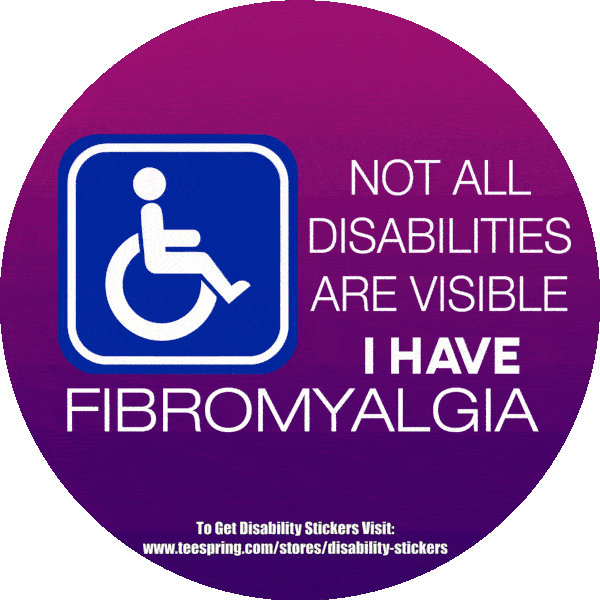Inflammation is the most common cause of pain, but is it linked to fibromyalgia??
The role of inflammation in fibromyalgia has been the topic of research debate for decades. In fact, the condition used to b called, fibrositis, which means fibrous-tissue inflammation. Overtime, however, an apparent lack of inflammation led the medical community to see fibromyalgia. (Fibrous tissue and muscle pain) as a more accurate term
A few decades later, though, we are taking a second look at inflammation in this condition, thanks to a growing body of work suggesting it may play a role, after all. This line of inquiry would lead to better treatment options as well as better understanding of the illness.
Why the confusion??
Because fibromyalgia does not present as other inflammatory diseases doctors came to believe that fibromyalgia was not an inflammatory disease. Joints do not appear swollen or hot. Typical tests for inflammatory markers, which reveal high level in diseases such as lupus and arthritis generally, reveal normal or slightly elevated levels in fibromyalgia. In 2012, researchers studying inflammatory myopathies (pain conditions) labeled fibromyalgia a “false inflammatory myopathy”
Additionally ant inflammatory drugs both corticosteroids and non-steroidal anti-inflammatories (NSAIDS) are frequently ineffective at alleviating fibromyalgia pain.
So where does the case of inflammation come in??
The case for inflammation
Researchers have learnt about inflammation’s role in fibromyalgia.
In the spring 2017, the journal of pain research, published a study that looked at 92 different proteins that are known to be related to inflammation.
Researchers say that it is most extensive inflammatory profiling study of fibromyalgia patients to date. They reported extensive evidence of inflammation. Not only that but evidence shows inflammation in the central nervous system, brain and spinal cord as well as systemic.
Certain molecules from the immune system called cytokines are high in people with fibromyalgia; this was confirmed by the earlier studies. That supports the hypothesis that this condition involves immune dysregulation.
Separate from the rest of the body the central nervous system has its own immune system and the study shows high levels of immune molecules called chemokines as well.
A 2012 study by Genevra Liptan, MD, suggests that it could be the fascia-a thin layer of connective tissue that surrounds most internal structures-that’s inflamed in fibromyalgia. The researcher concludes that fascial dysfunction and inflammation may be what leads to central sensitization which is believed to be the core feature of illness.
Central sensitization occurs when central nervous system becomes hyper stimulated and over-reacts to input, including pain and other things detected by your senses such as light, noise or odors.
It is believed to be partially caused by constant pain signals bombarding the brain and spinal cord
A 2012 study in neuroimmunomodulation investigated the role of possible systemic inflammatory and stress response in fibromyalgia. Researchers found that there was an inflammatory state that seemed to be tied to an abnormal response to stress. They were unable to determine whether inflammation led to stress dysfunction or vice versa.
In 2013, Spanish researchers led by M.D Cordero, published a hypothesis that dysfunction in mitochondria could be the cause of inflammation in fibromyalgia, mitochondria are parts of your cells that break down nutrients to make energy. Another 2010 hypothesis, out of Spain, published in clinical rheumatology, showed elevated levels of mast cells, which inflammatory chemicals in response to various triggers, in the skin of people with fibromyalgia.
Treating inflammation in fibromyalgia
Since the primary treatments for inflammation, like steroids and NSAIDS, are already shown to be ineffective against fibromyalgia pain, what options do we have for lowering our inflammation, and hopefully as a result our pain??
A 2017 study suggested that a drug called low dose-naltrexone may help to low certain inflammatory markers which appears to help reduce pain and other symptoms.
Lipton’2012 study on fascial inflammation suggests that manual therapies targeting the fascia may b effective. That includes myofascial release (a type of massage) and a deep-tissue manipulation called Rofling. However, so far research on these treatments is limited. Also, depending on symptoms some people with this condition may not able to tolerate certain types of massage.
A 2012 study published in Scandinavia, suggests that cytokine balance in fibromyalgia can be improved by aquatic exercise and therefore it lowers inflammation levels and pain. It’s important to learn about the proper way to exercise with fibromyalgia before starting any type of exercise.
Some people with fibromyalgia believed that they have good luck with supplements believed to lower inflammation. Anti-inflammatory supplements include:
>>>omega-3 fatty acids
>>>turmeric
>>>ginger
>>>coQ10
>>>rhodiola rosea
Many doctors recommend anti-inflammatory diet for inflammatory conditions, but we do not have enough research on it. People often start with strictly limited diet, because everyone’s inflammatory triggers are not same, then add back in one type of food at a time, to check which foods are problematic.
